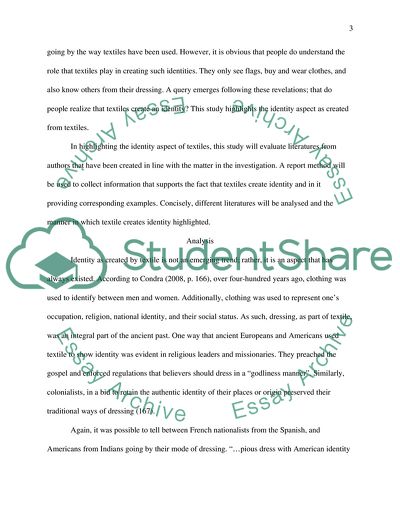Cite this document
(Textile as Identity Case Study Example | Topics and Well Written Essays - 2500 words, n.d.)
Textile as Identity Case Study Example | Topics and Well Written Essays - 2500 words. https://studentshare.org/culture/1873225-textile
Textile as Identity Case Study Example | Topics and Well Written Essays - 2500 words. https://studentshare.org/culture/1873225-textile
(Textile As Identity Case Study Example | Topics and Well Written Essays - 2500 Words)
Textile As Identity Case Study Example | Topics and Well Written Essays - 2500 Words. https://studentshare.org/culture/1873225-textile.
Textile As Identity Case Study Example | Topics and Well Written Essays - 2500 Words. https://studentshare.org/culture/1873225-textile.
“Textile As Identity Case Study Example | Topics and Well Written Essays - 2500 Words”. https://studentshare.org/culture/1873225-textile.


